Underrated National Parks You Should Visit
Over the past few years, many Americans’ eyes have been opened to the beautiful sights in their own backyards. The National Park System reported a record for visitors following 2020, with travelers flocking to popular spots like the Grand Canyon, Yellowstone and Rocky Mountain National Park.
But those famous destinations represent only a fraction of the 63 national parks in the U.S. And though you may not have heard of many of them, they are more than worthy of attention.
We asked seasoned national park visitors and travel experts to share which of the 63 national parks they think are overlooked. Read on for 15 hidden gems to add to your national park bucket list.
Advertisement
Voyageurs National Park
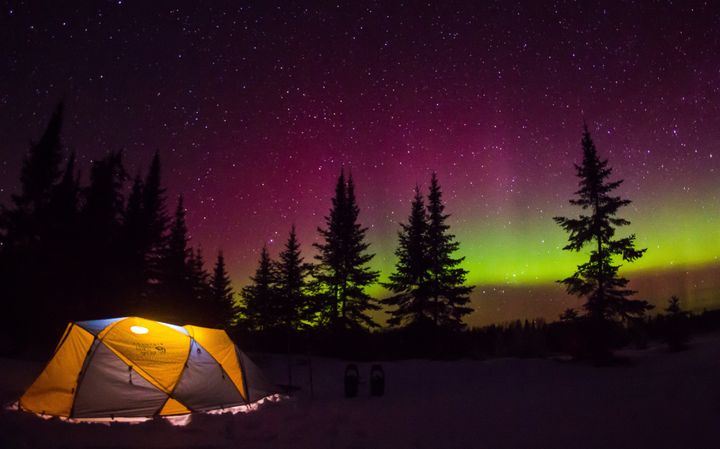
Steve Burns via Getty Images
“There’s really no doubt in my mind that Voyageurs National Park in northern Minnesota is the most underrated national park in America,” said Jim Pattiz, co-founder of the organization More Than Just Parks.
“Voyageurs really has it all,” he added. “Thousands of acres of pristine lakes and forests that are home to wolves, moose and world-class fishing. The kind of solitude you only get in the remote backcountry of most other parks, and nightly opportunities to see the northern lights in all their glory.”
Pattiz recommended visitors spend time on the glassy lake waters and take in the spectacular sunrise and sunset views.
Advertisement
“There’s something about gliding along in a canoe through a mosaic of placid water and wooded islands with only the sound of your oar and the calls of distant loons to fill the vast quiet space,” he said. “Voyageurs is the only park my wife and I go back to every year because it provides an outdoor sanctuary that other parks simply can’t seem to replicate.”
North Cascades National Park
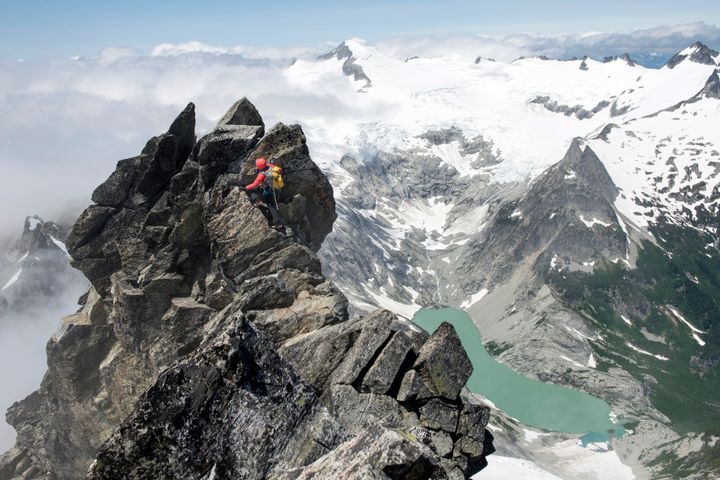
Cavan Images via Getty Images
“While North Cascades National Park is well known to outdoor enthusiasts in the state of Washington, it’s surprisingly underrated to the general public,” said Heather Gyselman, a product manager for adventure travel at REI. “Outside of Alaska, it’s home to more glaciers than anywhere else in the U.S. and set amongst some of the most magnificent mountains and peaks within the Cascade Mountain range.”
She noted that the park is part of the North Cascades National Park complex, which also contains Ross Lake National Recreation Area and Lake Chelan National Recreation Area.
“All offer something special,” Gyselman said. “Whether you’re looking to escape gray skies on sunny Lake Chelan or find inspiration while standing in the midst of snowcapped peaks from Sahale Arm, there’s something for everyone.”
Advertisement
Adventure travel blogger Andy Fine praised the park’s serene wilderness, breathtaking vistas and ease of access from Seattle.
“The North Cascades offers an incredible mix of epic mountain views painted with the bluest lakes and spiring mountain peaks crowned by endless glaciers,” he said. “It’s rough around the edges, but when fully immersed in, the park can provide some lifetime worthy experiences.”
Capitol Reef National Park
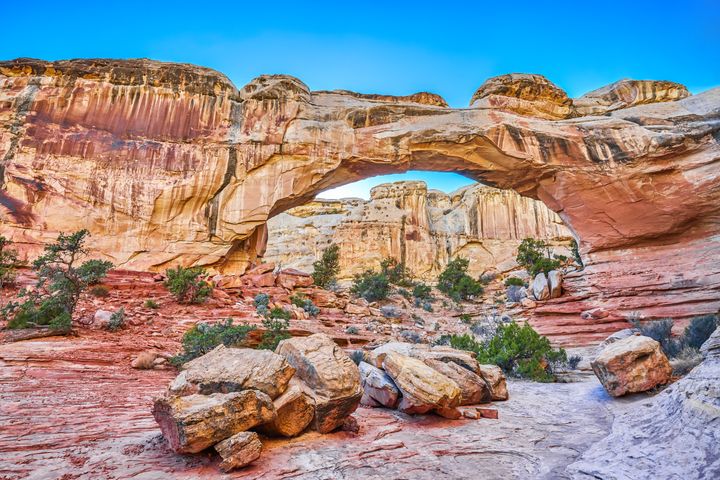
Peter Unger via Getty Images
“There are probably a dozen U.S. national parks that fly below the radar,” said Joe Yogerst, author of “50 States, 500 Campgrounds: Where to Go, When to Go, What to See, What to Do.”
“One of my all-time favorites is Capitol Reef in Utah,” he added. ”[It’s] an incredible red-rock wilderness with awesome hiking trails, slot canyons and pioneer history that gets a fraction of the visitors that make summers super crowded at better-known parks in the Southwest, like Arches, Zion and the Grand Canyon.”
Advertisement
Capitol Reef, in Utah’s south-central desert, includes popular sites such as Chimney Rock pillar, Hickman Bridge arch and the white sandstone formation known as Capitol Dome.
Saguaro National Park
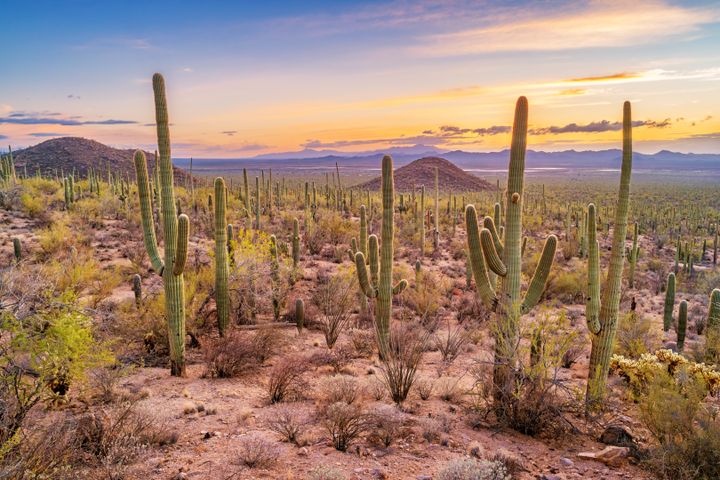
benedek via Getty Images
“When folks travel to the Southwest, they often think of the Grand Canyon in Arizona or Zion in Utah, but another very overlooked park that should be added to your list is Saguaro National Park, just outside of Tucson,” said Will Pattiz, the other co-founder of More Than Just Parks.
The park’s name pays homage to the iconic saguaro cactus, which visitors can admire throughout its desert grounds. The visual effect is pure American Southwest.
“The sunsets at Saguaro National Park are perhaps the most spectacular of any you’ll find in the southwestern United States,” he added. “The Tucson valley creates especially long-lasting sunsets, with stunning purple and golden hues.”
Advertisement
Theodore Roosevelt National Park
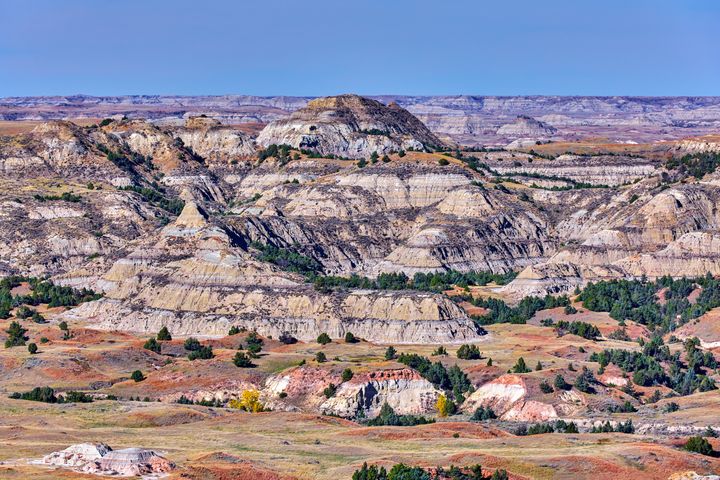
Peter Unger via Getty Images
Kurt Repanshek, founder of National Parks Traveler, thinks Theodore Roosevelt National Park in North Dakota is one of the most underrated national parks. He noted that the landscape remains largely unchanged from when its namesake first explored the area.
“The rutted and tortuous badlands, mottled grayish white, bluff and blue, present a maze,” he said. “And yet the river bottoms are alive with cottonwoods, shrubs and grasses that attract a range of wildlife. Most imposing are ponderous and powerful bison that demand respect and a wide berth.”
Repanshek recommended exploring Knife River Indian Villages National Historic Site and Fort Union Trading Post National Historic Site nearby as well.
Dry Tortugas National Park
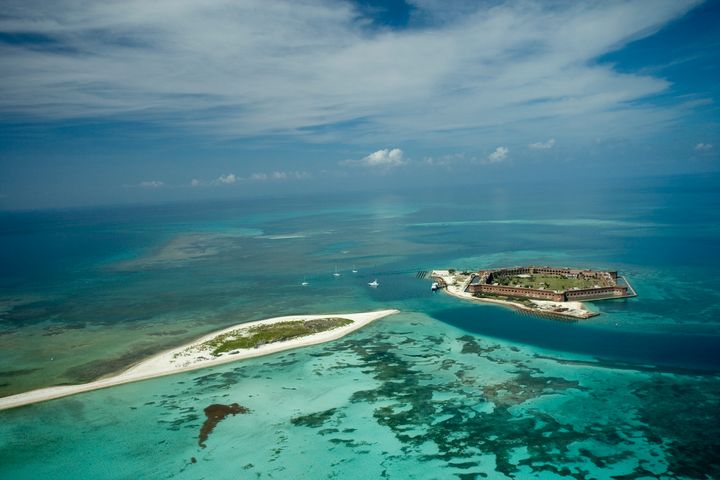
Stephen Frink via Getty Images
Advertisement
“Another overlooked park is Dry Tortugas, a subtropical archipelago located at the very western end of the Florida Keys that you can only reach by ferry or seaplane,” Yogerst said. “You can explore a Civil War fort, scuba or snorkel coral reefs, and camp on the beach.”
Indeed, this 100-square-mile park consists of mostly open water with a smattering of small islands, but visitors rave about the opportunities for marine exploration and the tour of historic Fort Jefferson on Garden Key.
Big Bend National Park
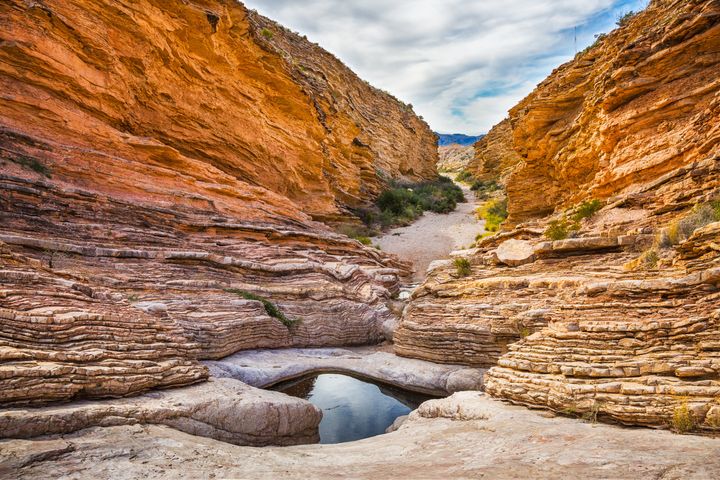
Photography by Deb Snelson via Getty Images
“Big Bend in West Texas is another special park that not a lot of people visit, probably because it’s not near any large cities and far off the interstates that people drive across the country,” Yogerst said. “For me, the best things about Big Bend is canoe camping through the deep canyons along the Rio Grande and hiking the forested Chisos Basin, an extinct volcano that rises high above the park’s desert terrain.”
Gyselman also endorsed Big Bend, hyping its diverse terrain and impressive peaks.
“In Big Bend National Park, you can enjoy colorful sunsets over the Chihuahuan Desert, hike through the gorgeous Chisos Mountains or cool off with a paddle down the Rio Grande,” she said. “It’s a park where you can unplug, reset and reflect.”
Advertisement
And national parks travel expert Mikah Meyer pointed out that it’s accessible during the winter, unlike many other U.S. national parks.
“With its most temperate days between October and March, Big Bend is a great winter escape for those looking for year-round park opportunities,” he said.
Denali National Park
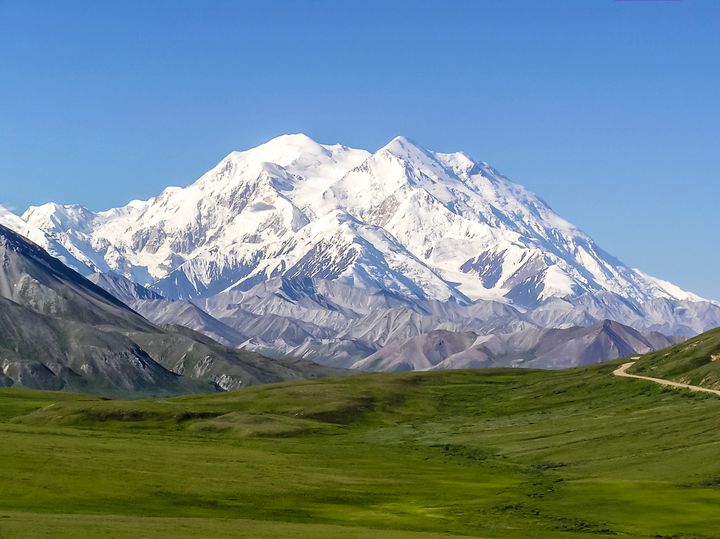
C. Fredrickson Photography via Getty Images
“Perhaps one of the biggest hidden gem national parks is Denali National Park,” said Kate Brassington, co-founder of The Family Vacation Guide. “It can be a daunting choice due to its vast wilderness, but in reality it appeals to all ages and has something for every aged explorer.”
She noted that the Alaska park has family-friendly accommodations, trails and attractions.
“The park itself has limited cell reception, food services and water, alongside unpredictable weather conditions, so it means you need to be much more prepared than a more ‘conventional’ park choice, but trust that the views and experience will be worth it!” Brassington said. “From interactive exhibits to the park’s junior ranger program, it will be a hidden gem, trip of a lifetime.”
Advertisement
Death Valley National Park
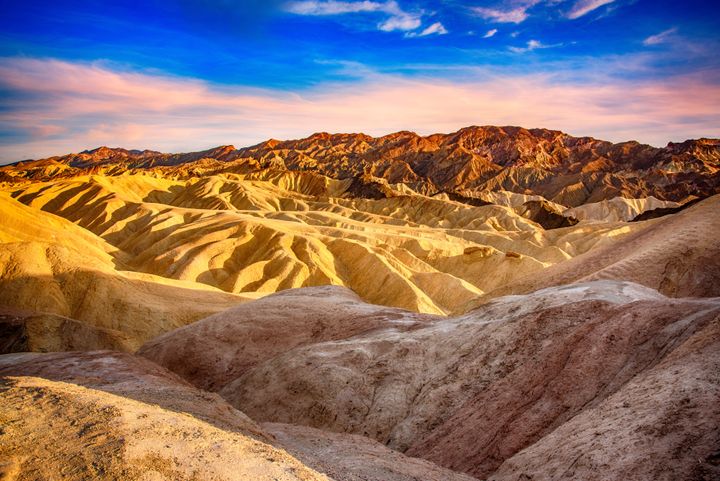
Art Wager via Getty Images
“I think that Death Valley National Park is one of the most overlooked parks, mainly because the name seems to scare people away,” said Jack Steward, co-host of the “Rock the Park” TV series. “I think most people think that the park is just a massive pile of sand, but in reality it has tall mountains, beautiful canyons, bristle cone pines, which are the oldest trees on earth. It also has ghost towns, historic mining camps, over 900 miles of scenic roads to explore, and plenty of places to camp and hike.”
Riley Mahoney, creator of the website The Parks Expert, noted that Death Valley is the largest national park in the Lower 48 and one of the most diverse, so there’s something for everyone to enjoy.
“Within its borders, you’ll find the lowest point on the continent, Badwater Basin, at 282 feet below sea level,” she said. “From Dante’s View, a great place to view the sunset, you can see Mt. Whitney in nearby Sequoia National Park, the highest point in the continental U.S. Fans of ‘Star Wars’ will also find it’s as close as they may come to landing on Tatooine.”
Glacier Bay National Park
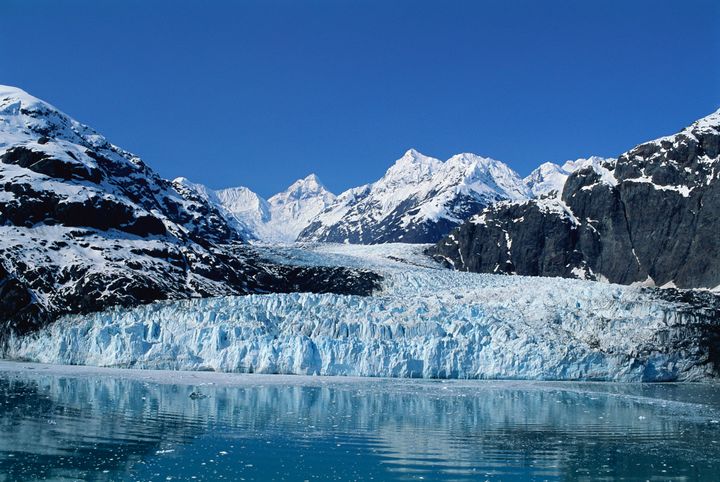
Danny Lehman via Getty Images
Advertisement
“There is something particularly beautiful about the underappreciated national parks,” said Martin Jones, CEO and travel expert at ParkSleepFly. “The serenity of the untouched locations provides for a unique experience and the opportunity to truly appreciate the stunning views, away from the hustle and bustle.”
He believes that Glacier Bay in Alaska doesn’t always get a lot of attention, given its location, but is absolutely worth the trek from the continental U.S.
“Those who have visited this spectacular park are clearly in love with its majestic fjords and glaciers and snow-capped mountains,” he said. “Glacier Bay is a real gem, and there are many different outdoor pursuits you can take part in whilst visiting this national park. Hiking in the mountains and kayaking on the open water are only a couple of the adventurous activities.”
Everglades National Park
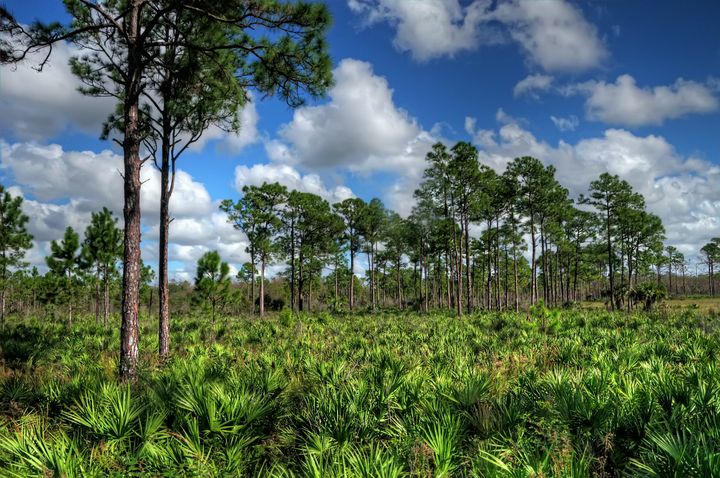
PhotoviewPlus via Getty Images
“The Everglades showcases spectacular views of wildlife, often engaged in phenomenal acts of natural history,” said Janisse Ray, naturalist and author of “Wild Spectacle: Seeking Wonders in a World Beyond Humans.”
Advertisement
She advised visiting this “vast, subtropical wilderness” during the dry season, from November to April, to find wildlife concentrated around ponds and avoid the sweltering heat of summer in South Florida.
“This is a place that never fails to surprise and bewitch,” Ray added. “Hiking through sawgrass prairies, hope to see large alligators or a Florida panther ― and kayaking in Ten Thousand Islands, hope for manatees, bottlenose dolphins and even crocodiles. The bird life is especially spectacular.”
Katmai National Park
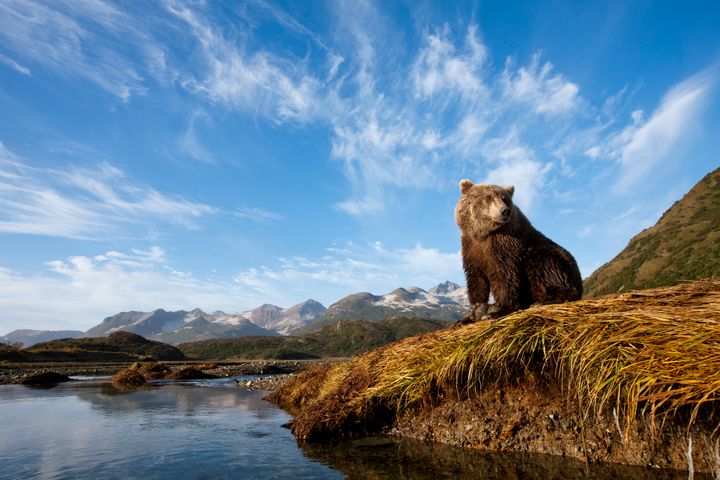
Paul Souders via Getty Images
“Katmai National Park, in southern Alaska, is one of the least visited of all national parks, as it often requires a flight to Anchorage, a short flight to the town of King Salmon and then a boat or float plane to Brooks Camp,” said Derek Wright and Amy Beth Wright, outdoor enthusiasts and creators of Parks and Points.
Katmai is best known for its population of coastal brown bears and their annual summer hunt for salmon.
Advertisement
“The park service also runs a Fat Bear Week competition, where the public votes on their favorite hibernation-ready bear,” the Wrights explained in an email. “It’s a life-changing experience to get to enjoy this yearly extravaganza in real life!”
In addition to bear sightings, visitors can enjoy fishing, hiking and taking a tour of the Valley of Ten Thousand Smokes, the site of the largest volcanic eruption of the 20th century.
“Some of our highlights were waking super early to keep an eye out for a wolf combing the beach for breakfast in the dawn hours, and watching the sunrise and bright and pastel colors illuminate the sky over Lake Naknek,” the Wrights noted. “There’s no cell service and no public internet connection, so you really do disconnect from the digital world and fully immerse yourself in the park.”
Kings Canyon National Park
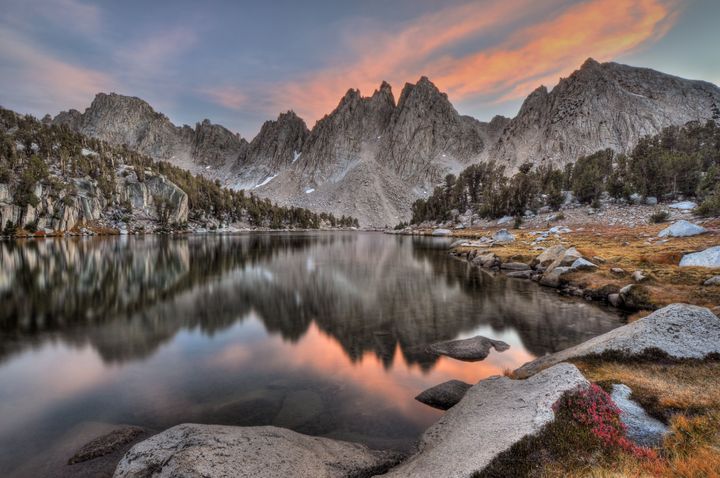
www.sierralara.com via Getty Images
“Kings Canyon is often overlooked in comparison to nearby parks like Sequoia and Yosemite,” said travel blogger Renee Hahnel. “Many people don’t realize just how beautiful this park is, with its 14,000-foot mountain peaks, giant trees, lush meadows and deep canyons.”
Advertisement
She pointed out that Kings Canyon runs deeper than the Grand Canyon and reaches depths of 8,200 feet in some places.
“John Muir described Kings Canyon as a ‘rival to Yosemite,’ and he wasn’t wrong!” Hahnel added.
Black Canyon of the Gunnison National Park
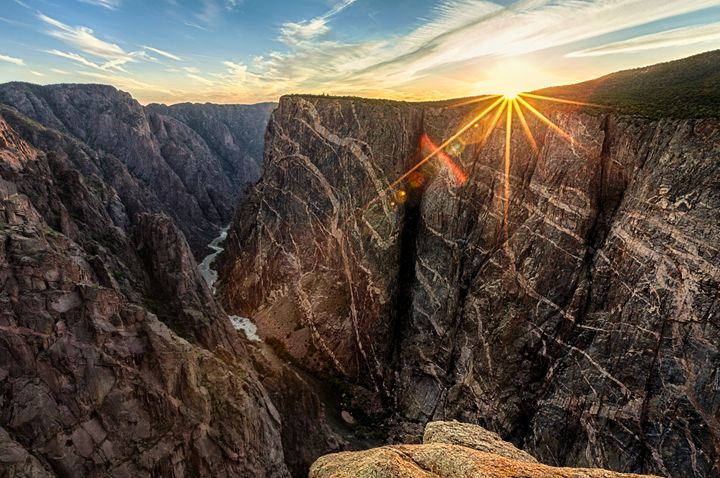
Patrick Leitz via Getty Images
“Black Canyon of the Gunnison National Park in western Colorado is another hidden gem ― boasting just a 10th of Rocky Mountain National Park’s visitors,” said Dan Austin, founder and director of special projects at Austin Adventures.
He touted the jaw-dropping canyon views of cliffs darkened by shadows and recommended going in the morning to snag an unforgettable photo.
“Along the seven-mile-long rim drive, there are 12 fantastic overlooks, including an opportunity to see the Painted Wall with its pinkish rock veins in stark contrast to the black rock around them,” Austin said. “Make sure to also go below the rim on the five-mile road where a 16% grade will give you the full sense of how steep the canyon is. There’s a great riverside picnic spot and camping area at the end.”
Advertisement
Lake Clark National Park
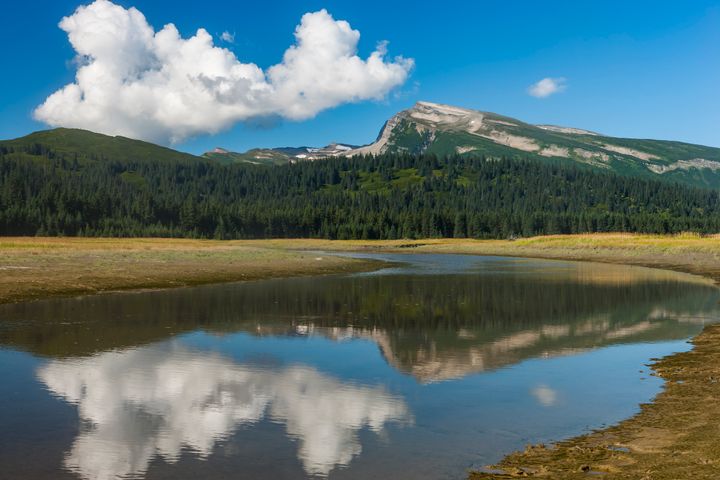
Enrique Aguirre Aves via Getty Images
“Located 100 miles southwest of Anchorage, Lake Clark is home to some of the country’s most breathtaking scenery,” Hahnel said. “Visitors are treated to an abundance of mountains, jagged granite spires, impressive glaciers, active volcanoes, thundering waterfalls, the largest lake in the state and a lively coastline.”
Like Katmai, Lake Clark is also famous for its large brown bear population and opportunities to view them as they fish for salmon.
“Park biologists have counted as many as 219 brown bears within a 54-square-mile area on the coast!” Hahnel said. “Visiting Richard Proenneke’s cabin on Upper Twin Lake is also a must when visiting Lake Clark.”

Comments are closed.